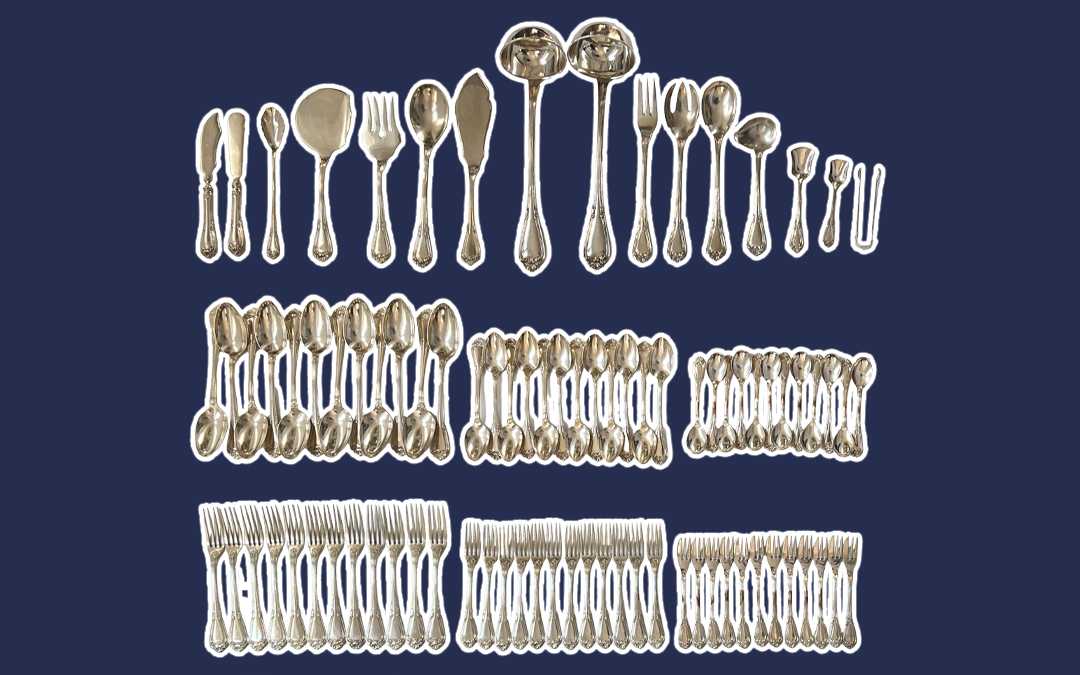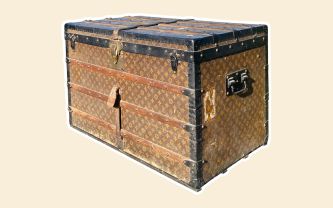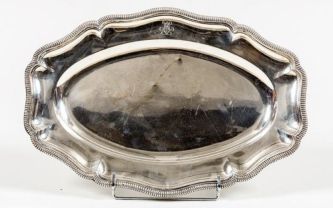Get a free estimate of your silver and silverware pieces

Gold and silverware are art forms that have a long history and have always been valued for their beauty, quality and value. These pieces are often made from precious metals such as gold, silver and bronze, and are often adorned with precious stones, intricate designs and fine engraving.
Because of their different manufactures, goldsmiths and hallmarks, goldsmiths' pieces must be presented to an approved auctioneer.
Response in less than 24h
History of silver and goldsmithing
Gold and silverware has a long history dating back to ancient times. Craftsmen of that time often produced pieces for temples, palaces and wealthy landowners. In the Middle Ages, the production of silver and goldware became more common, and these pieces were often used for religious ceremonies, banquets and important social events.
In the 18th century, silver and silverware had a golden age with famous manufactures such as the Sèvres factory in France and the Meissen factory in Germany. These manufactures produced famous pieces such as dinner services, vases and figurines. In the 19th century, silver and goldware continued to be produced in large quantities, with manufactures such as Tiffany & Co. in the United States producing high quality pieces.
How to authenticate goldsmith's hallmarks?
Goldsmith's hallmarks are marks placed on pieces of silverware to indicate their origin, date of manufacture, the quality of the silver or gold used, and the goldsmith or manufacture that produced them. These marks are very important for the authentication and appraisal of silver or jewelry pieces.
To recognize a silversmith's hallmark, it is important to refer to a hallmark guide, which lists the different symbols and marks used by silversmiths and manufacturers throughout history. This guide can be consulted online, in specialized books or by goldsmith experts, such as auctioneers.
Goldsmith's hallmarks are usually composed of several elements, such as letters, numbers, symbols and state marks. They are often inscribed on discrete parts of the pieces, such as the bottom of a dish, the inside of a lid, or on the bezel of a jewel.
It is important to note that hallmarks can vary depending on the region, period and style of the piece. It is therefore important to take all these elements into account to determine the origin and value of a piece of silverware.
Finally, it is advisable to call upon a silver expert or an auctioneer to authenticate and estimate a piece of silver or jewelry, taking into account the different elements, such as the hallmarks, the quality of materials and the style of the piece.
Response in less than 24h
The greatest goldsmiths who have marked history
Goldsmithing is an ancient art that has known many masters through the centuries. Among the most famous is Jean Deprès, a French silversmith who left his mark on the history of Art Deco. He created bold, modern jewelry and objets d'art with sleek, geometric designs. His works are highly prized by collectors, and can fetch high prices at auction. For example, a pair of gold and diamond earrings created by Deprès in the 1930s sold for nearly €40,000 in 2017.
J.J. Kirstein was an American silversmith who produced sophisticated and elegant silverware. He worked for many wealthy clients in the late 19th and early 20th centuries, such as the Vanderbilt family. His pieces are highly prized by art and antique collectors, and can fetch high prices at auction. For example, a set of sterling silver flatware created by Kirstein in 1895, sold for over $7,000 in 2019.
Jean-Frédéric BRUCKMANN is a German silversmith of the XVIIIth century, known for his rococo and baroque silver pieces. His works are very rare and highly sought after by collectors, and can fetch very high prices at auction. For example, a silver dish by Bruckmann, dating from 1737, sold for over 31,000 euros in 2014.
Thomas Germain was an 18th century French silversmith who produced elegant and decorative silverware. His works are highly prized by collectors, and can fetch high prices at auction. For example, a pair of silver candelabras created by Germain in 1759, sold for over 180,000 euros in 2012.
Martin Guillaume Biennais was an early 19th century French silversmith known for his Empire silver pieces. He worked for Napoleon Bonaparte and other members of the French imperial family, creating elegant and sophisticated silver pieces. His work is highly sought after by collectors, and can fetch high prices at auction. For example, a silver tray by Biennais, dating from 1806, sold for nearly €80,000 in 2016.
Jacques Roettiers is an 18th century French silversmith who created rococo and baroque silverware. His works are very rare and highly sought after by collectors, and can fetch very high prices at auction.
At what price can silver and silverware be sold?
Prices for silver and silverware can vary considerably depending on several factors, such as rarity, age, quality of silver, size, brand or manufacturer, and state of preservation. Some very rare or historic coins can fetch very high prices, ranging from tens of thousands of Euros to millions of Euros at auction. However, most pieces have more affordable prices and can be found at prices ranging from a few hundred to a few thousand Euros. It is important to have a silver piece appraised by an expert before selling it.
Some examples of the best auction results
- An 88-piece solid silver dinner service created by French manufacturer Puiforcat, sold for over 120,000 euros in 2018.
- A pair of Baccarat silver and crystal candlesticks, created by the French house of Christofle, sold for nearly €50,000 in 2019.
- A solid silver tray from the German house of Bruckmann, dating from 1737, sold for over 31,000 euros in 2014.
- A solid silver vase from the English house of Paul Storr, created in 1812, sold for over 50,000 euros in 2019.
- A solid silver centerpiece from the French house of Odiot, created in 1908, sold for over 10,000 euros in 2017.
- A pair of solid silver candelabras by the French firm Germain, dating from 1759, sold for over 180,000 euros in 2012.
- A solid silver tea and coffee set from the American house of Tiffany & Co. sold for over $70,000 in 2017.
- A gold and diamond ring from the Italian house Bulgari, sold for nearly €20,000 in 2019.
- A solid silver tray from the French house Biennais, dating from 1806, sold for nearly 80,000 euros in 2016.
- A gold and emerald brooch from the French house of Van Cleef & Arpels, sold for over 60,000 euros in 2018.
Response in less than 24h
Related topics

Get a free estimate for your fashion and leather goods...
Vintage fashion and leather goods are constantly evolving, with unique creations to be appraised by certified experts.
Read more >

Rating and value of old paintings, drawings, Belgian engravings...
Early paintings by the Antwerp school are very popular at auction, and their value is rising. Rubens and others are highly prized.
Read more >

Rating and value 2024 of services, household appliances,...
The Cardeilhac silversmith's firm produced services, household sets and candelabras that are highly valued at auction.
Read more >
Secure site, anonymity preserved
State-approved auctioneer and expert
Free, certified estimates